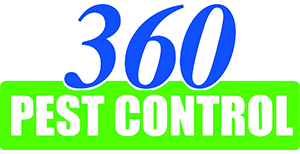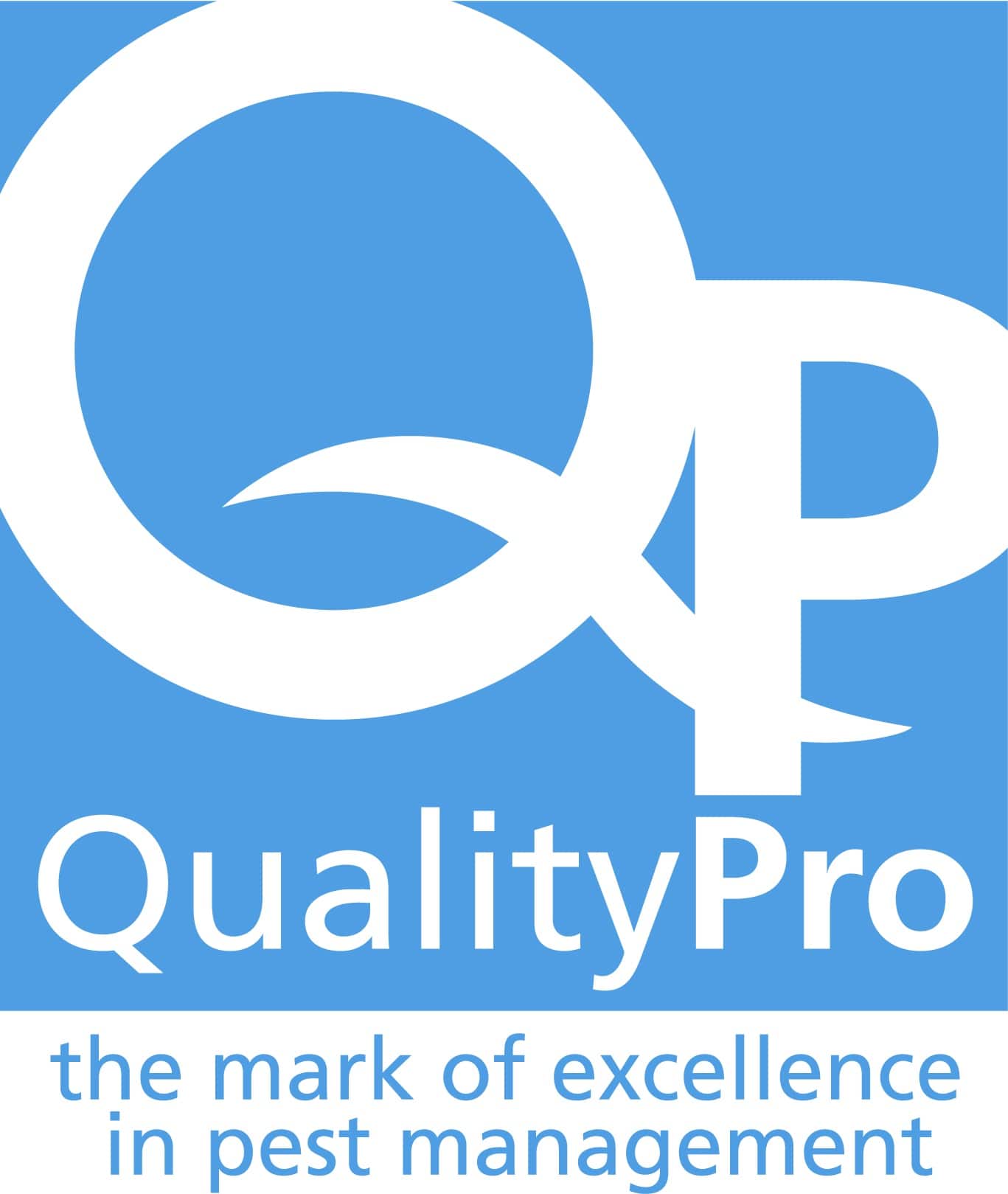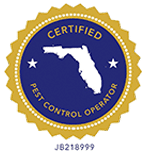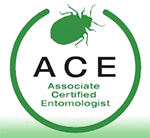When to Begin Lawn and Ornamental Maintenance
It’s January in Jacksonville, Florida. Is it too soon to start thinking about lawn and ornamental maintenance?
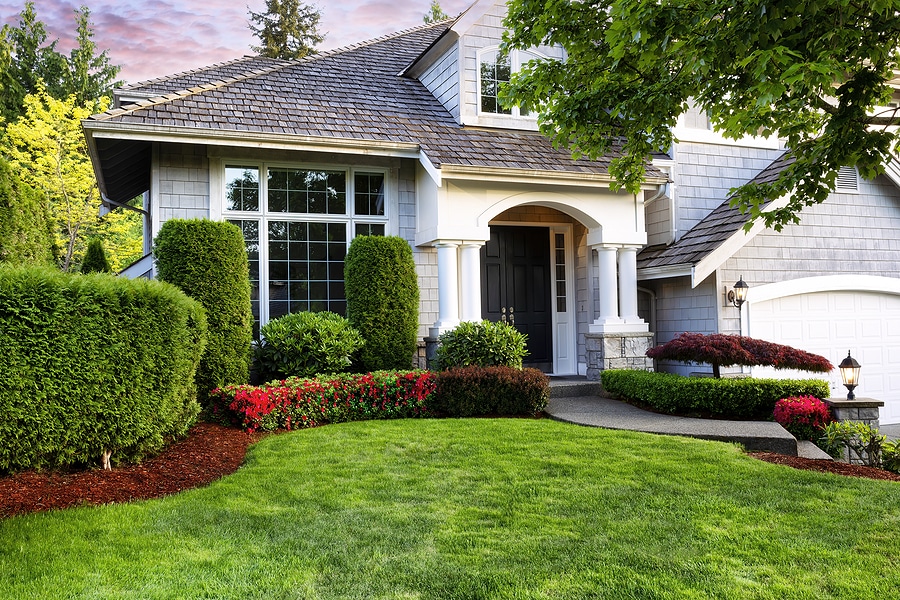
While our lawns are mostly dormant in January – in our area, February is a good time to carefully inspect for evidence of disease, fungus, and insects such as the sod webworm.
Lawn Damaging Fungi
Centipede and St. Augustine grasses are very susceptible to large patch fungus disease which starts in the fall. Damaged areas are clearly visible during the winter months, making it easy to outline and measure the areas of damage. Another fungus which attacks our lawns is gray leaf spot. While fungicidal treatments are available for treatment, it is often better to dig the damaged areas up in preparation for replanting in the spring.
If you are considering a complete lawn replacement, the dormant winter months are a great time to remove the existing/damaged sod and to start prepping for new sod installation in the spring. If you plan to hire a landscaper or sod installer, this is also a good time to do so as they are not as busy during the winter. You’ll probably save money!
Winter Insects
Sod webworms (Herpetogramma phaeopteralis) are most active in the winter months. Sod webworms lay eggs which morph into larvae that eat the blades of grass creating large brown/dead patches in the lawn. One female moth can lay up to 60 eggs per night which hatch into larvae in about one week. Brown patches and white tubes with silky webbing on the grass are signs of sod webworm activity. While sod webworms prefer St. Augustine grass, they will also infest centipede, Bahia, Bermuda, and zoysia grasses. While these insects lay eggs in the spring, they overwinter in the soil making the winter months prime for pre-emergent chemical treatment.
Another insect that overwinters in the soil is the southern chinch bug (Blissus insularis Barber). This insect is the most damaging pest of St. Augustine grass. These insects are active in Jacksonville, FL between March and October. Early signs of chinch bug infestation include patchy areas of yellowing grass which rapidly turns brown and dies. The patches are generally circular in shape. Chinch bugs attack drought-stricken and heavily thatched grasses. Chinch bugs become active in early spring, but they are most active from June through September. Most people begin to see damage mid-summer.
Other pests that damage St. Augustine grasses are mole crickets, nematodes, ground pearls, white grubs, billbugs, armyworms, and cutworms.
Green Doesn’t Equal Healthy
As you can readily see, our Florida lawns are targeted by many insects and fungal diseases. Improper mowing, fertilization, and irrigation play a key role in stressing our turf which makes our lawns susceptible to these pests. Of these, over-fertilization is most often the problem. The “greenest” grass is not always the healthiest grass. Think of over-fertilization as weight loss; the benefit of losing too much weight, too fast, may only be temporary. Building a healthy, disease-resistant, lawn takes time and planning. Anyone can make your grass turn “green” but not everyone can help you build a healthy lawn.
Build A Healthy Lawn with 360PestControl
360PestControl provides lawn and ornamental pest control in Jacksonville, St. Johns, St. Augustine, Green Cove Springs, Fleming Island, and Orange Park. We also provide treatment for fire ants and other lawn-infesting insects. Contact us at (904) 637-1109 to request service today!
